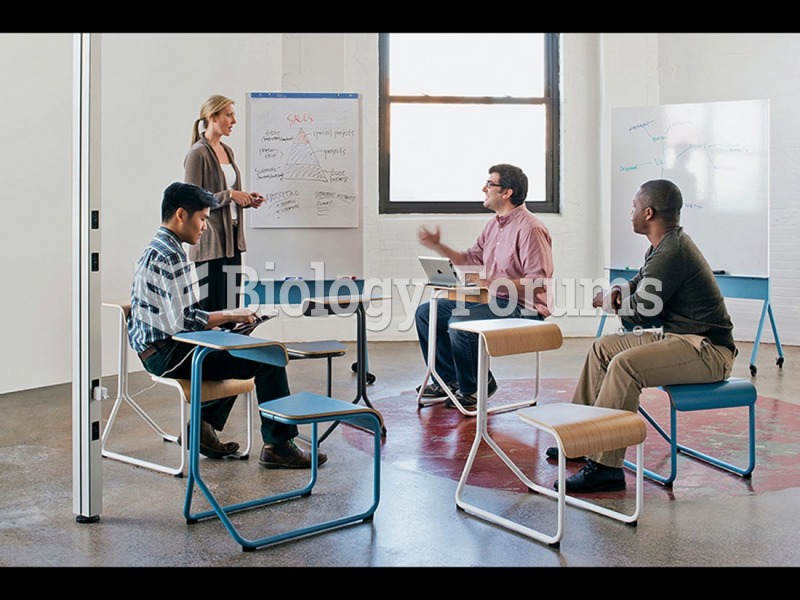Answer to Question 1
The five principles of design as discussed in the text are balance, proportion, order, unity, and emphasis.
Balance evokes orderliness and compatibility within an ad. It can be formal or informal. Formal balance emphasizes symmetrical presentation and creates a mood of seriousness and directness. It is orderly and easy to follow. Informal balance emphasizes asymmetrythe optical weighing of different sizes and shapes. Components of different size, shape, and color are precisely arranged in a more complex relationship.
Proportion has to do with the size and tonal relationships between different elements in an advertisement. Proportional considerations include: the width of an ad in relation to its depth; the width of each element in the ad in relation to the depth of each element; the size of one element relative to the size of every other element; the space between two elements and the relationship of that space and a third element; and the amount of light area as opposed to the amount of dark area. Ideally, factors of proportion vary so as to avoid monotony in an ad.
Order in an advertisement is also referred to as sequence or, in terms of its effects on the reader, gaze motion.. In focusing on order, the designer's goal is to establish a relationship among elements that leads the reader through the ad in some controlled fashion. The essential contribution of this component is to establish a visual format
that results in a focus or several focuses.
Unity attempts to ensure that the elements of an advertisement are tied together and appear to be related. Unity results in harmony among the diverse components of print advertisingheadline, subhead, body copy, illustration, and any other elements. Several design techniques contribute to unity, including the use of a border and white space. The axis or axes of the ad also contribute to unity. Other considerations of
unity are whether the design uses a three-point structure or a parallel layout structure. Emphasis is the result of a decision as to which major component of an advertisement will be stressed. The key to good design relative to emphasis is that one item is the primary focus, but not the only focus, in an ad. Usually, if one element is emphasized to the total exclusion of the others, then a poor design has been achieved, and ultimately a poor communication will result.
Answer to Question 2
a







